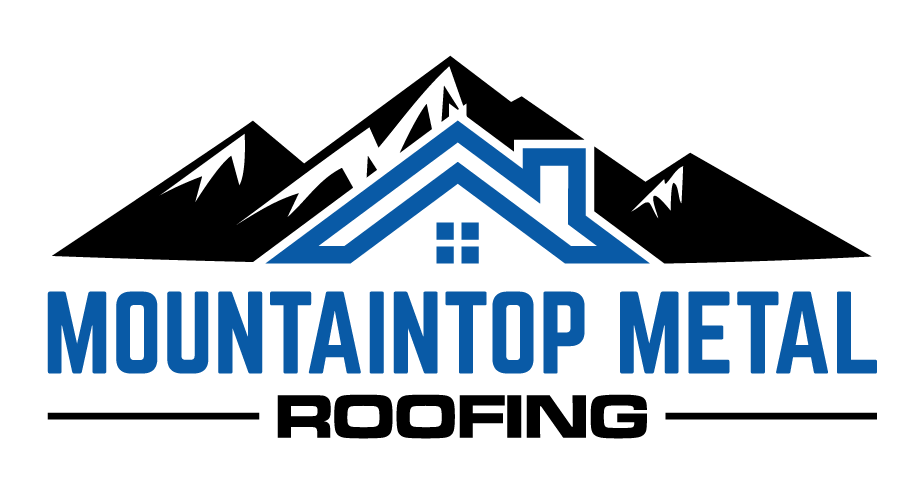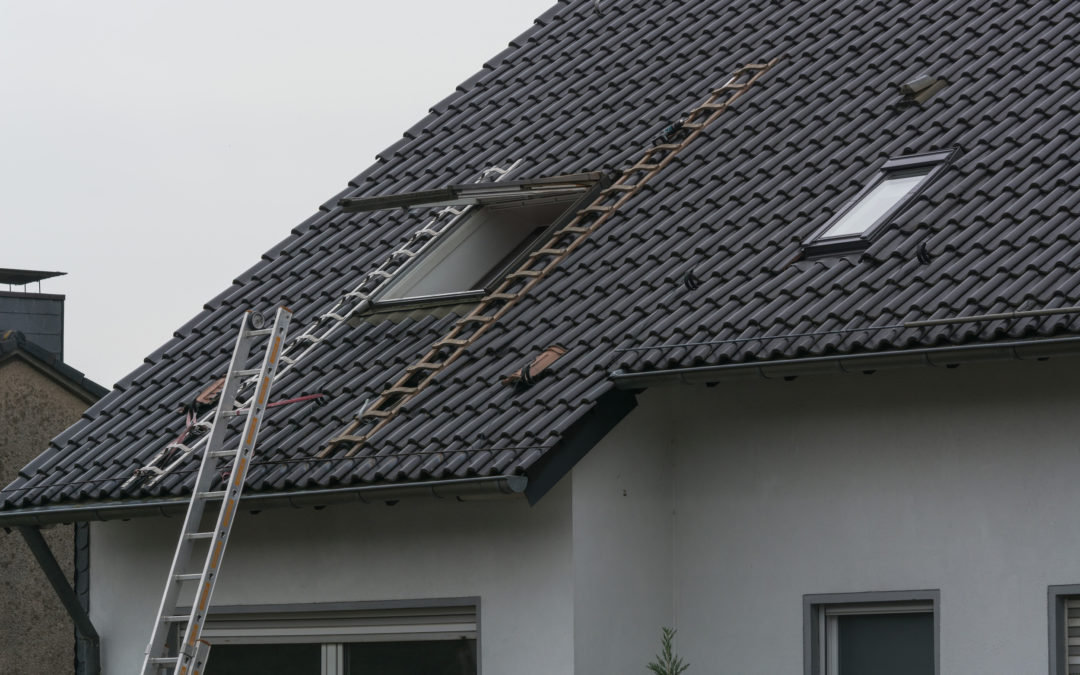Protect Your Roof with Confidence
Aluminum roof coating is an excellent choice for protecting your roof and extending its life. This special coating is made from a blend of aluminum flakes, asphalt, and fibers creating a reflective and protective layer for your roof. What does it do? It acts like a shield, reflecting sunlight to keep your home cooler in the summer and protecting your roof from rust, leaks, and weather damage.
Aluminum roof coating isn’t just for metal roofs; it works well on various roofing materials. You can use it on metal roofs, built-up roofs (which have multiple layers of materials), modified bitumen roofs (a type of asphalt roof), and even concrete roofs. By applying this coating, you can ensure your roof remains strong and durable, saving you money on repairs and replacements in the long run. Whether your roof is new or old, aluminum roof coating is a smart and cost-effective solution.
What are the Steps Involved in the Application Process of Aluminum Roof Coating?
Applying fibered aluminum roof coating involves several key steps to ensure proper adhesion and effectiveness. Here’s a breakdown of the process:
- Prep
- Repair
- Mixing
- Application
- Drying
Preparation
Clean the roof surface thoroughly to remove debris, dust, and dirt. If safe, first brush all dust and debris off the roof with a patio brush. You may need to pressure wash stubborn spots, and while you can use specialty cleaning products, make sure it is all rinsed off. Allow the roof to dry completely.
Repair
Inspect the roof for any signs of damage, such as rust or corrosion, and make necessary repairs. While aluminum roof coating does an excellent job of reflecting harmful UV rays, it doesn’t do much for sealing anything but the smallest cracks or holes. You can use roofing cement or other sealants for these problem areas, just make sure you’re using the right product for the right type of roofing and follow all manufacturer’s directions.
Mixing Aluminum Roof Coatings
Aluminum roof coating is relatively thin, similar to paint, and will need to be mixed before use. Mixing the aluminum roof coating with a mixing paddle attachment for your drill, start at the bottom to bring the aluminum flakes to the top. Mix on a low setting to prevent splashing the sealant all over. Once you have a nice, even consistency in the can, it’s time for application.
Application
Spread the coating over the roof by using a nap roller for larger areas and a brush for more hard-to-reach areas, corners, edges, or around appliances (if applicable). Start in one corner of the roof and work towards the ladder or roof exit–you don’t want to paint yourself into a corner literally! As a general rule of thumb, aim for a coverage rate of 1 to 1.5 gallons per 50-100 square feet.
Drying
Allow the coating to dry completely according to the manufacturer’s instructions before applying additional coats or allowing foot traffic. This can take eight hours, but give it a day if possible before walking on it for best results.
How to Apply Aluminum Roof Coating: Safety Precautions
Safety should always be a top priority when working on a roof. Wear appropriate personal protective equipment, including gloves, safety glasses, and non-slip footwear. Use caution when working on ladders or elevated surfaces, and secure them properly to prevent falls.
Avoid working in extreme weather conditions, such as high winds or heavy rain, which can compromise safety and application quality. Follow all manufacturer’s instructions and warnings regarding ventilation and flammability. And make sure areas around the building are protected from possible drips or spills.
What Types of Roofing Can I Use Aluminum Roof Coating?
Aluminum roof coating can be applied to various types of roofing materials to improve their durability, reflectivity, and resistance to weather elements. Here are the common types of roofing materials that can benefit from aluminum roof coating:
Metal Roofs
Aluminum roof coating is ideal for metal roofs, including galvanized steel, aluminum, and other metal surfaces. It helps protect against rust and corrosion while providing a reflective surface that reduces heat absorption.
Built-Up Roofs (BUR)
This type of roofing system, which consists of multiple layers of asphalt and ply sheets, can be coated with aluminum roof coating to prolong its lifespan and improve its weather resistance.
Modified Bitumen Roofs
Modified bitumen roofs, made from asphalt with added modifiers, can benefit from aluminum roof coatings to enhance their durability and UV resistance.
EPDM (Ethylene Propylene Diene Monomer) Roofs
EPDM rubber roofs can be coated with aluminum roof coating to improve their reflectivity and protect against UV damage.
Concrete Roofs
Concrete roofs, often used in flat roof applications, can be coated with aluminum roof coating to protect against water penetration and enhance thermal performance.
Modified Roofing Systems
These include various types of single-ply membranes and other composite roofing materials that can be coated to improve their protective qualities and lifespan.
When applying aluminum roof coating, it’s essential to ensure the surface is clean, dry, and in good repair. Following the manufacturer’s instructions for application is crucial to achieve the best results and maximize the coating’s benefits.
By following the recommended steps and safety precautions from the manufacturer, you can protect your metal roof and enjoy peace of mind knowing your home is safeguarded against the elements.
If you have questions about aluminum roof coating or any metal roofing questions contact us today!

